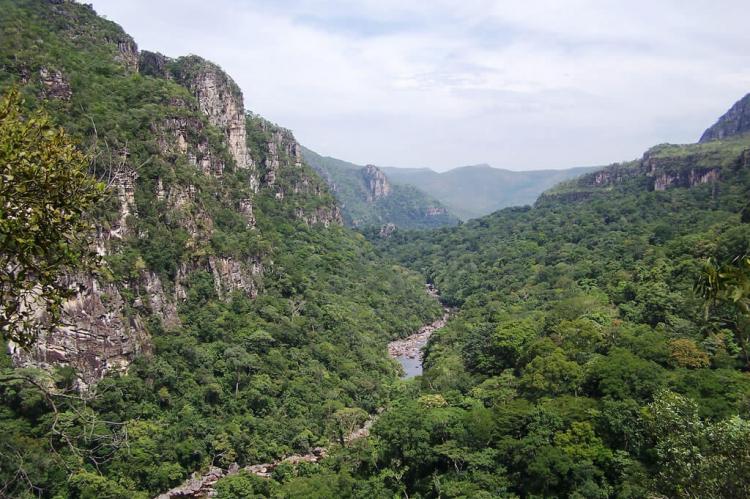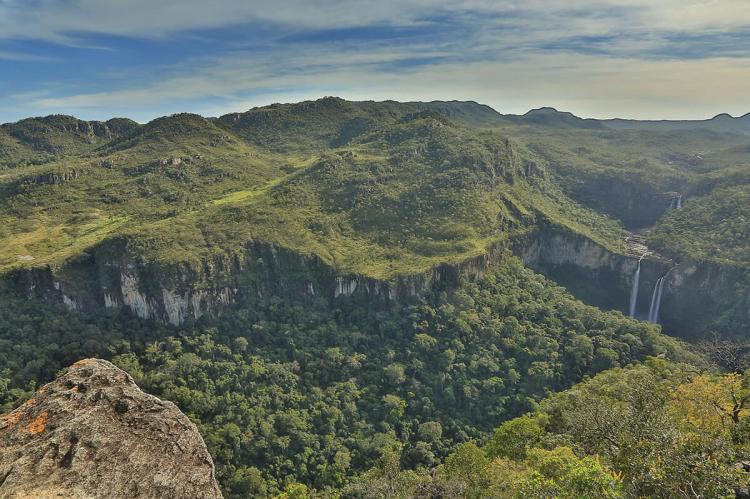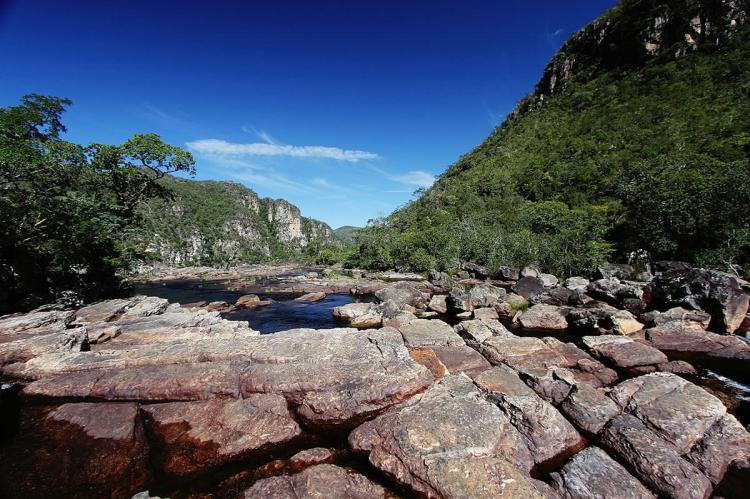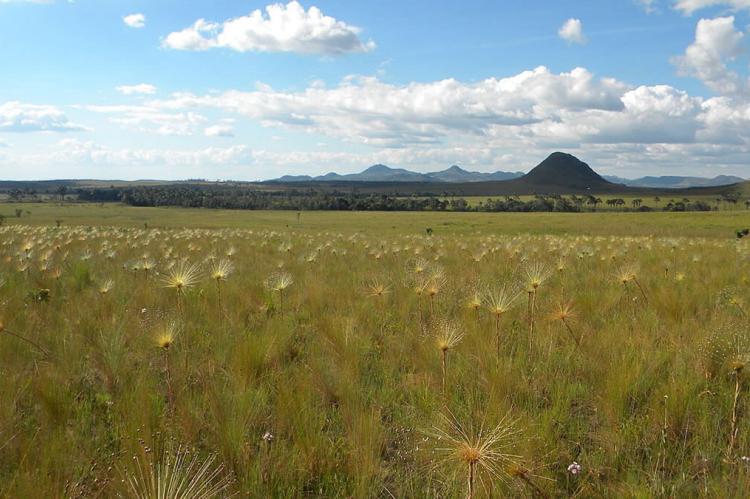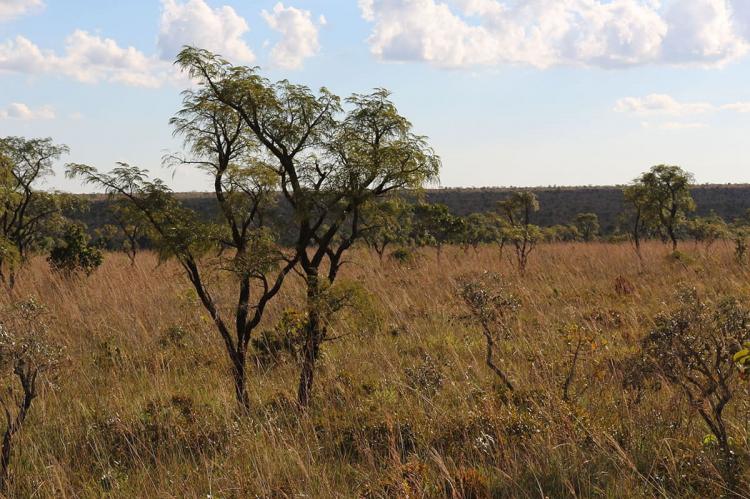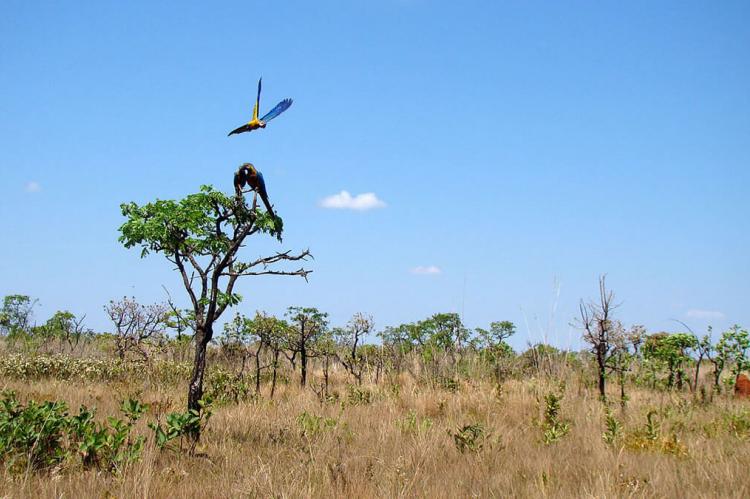The Cerrado Protected Areas: Preserving the Biodiversity Jewel of Brazil
The site of the Cerrado Protected Areas includes the Chapada dos Veadeiros and Emas National Parks, situated on the Brazilian central plateau in the State of Goias. Both parks help protect the Cerrado biome, one of the world's oldest and most diverse ecosystems.
The Cerrado Protected Areas: Preserving the Biodiversity Jewel of Brazil
Nestled within the heart of Brazil's Central-West region lies an ecological treasure trove: the Cerrado Protected Areas, which includes the Chapada dos Veadeiros and Emas National Parks. Inscribed as a UNESCO World Heritage Site in 2001, these expansive protected areas safeguard one of the world's oldest and most diverse ecosystems, crucial in maintaining the delicate balance of the surrounding landscapes.
The Cerrado Biome
The Cerrado is a vast and ancient biome, covering nearly 2 million square kilometers (790,000 square miles) across central Brazil. This unique ecosystem, characterized by a mosaic of tropical savannas, grasslands, and dry forests, is renowned for its exceptional biodiversity, with an estimated 350 to 400 species of vascular plants per hectare, many of which are endemic to the region.
Chapada dos Veadeiros National Park
This national park is a true geological wonder, situated on the ancient Chapada dos Veadeiros plateau, with an estimated age of 1.8 billion years, this national park is a true geological wonder. The park, spanning an area of about 655 square kilometers (253 square miles), is renowned for its dramatic waterfalls, canyons, and stunning quartz crystal formations, all set against the backdrop of the Cerrado's diverse vegetation and wildlife.
Emas National Park
Encompassing 1,320 square kilometers, the Emas National Park lies at the intersection of the states of Goiás and Mato Grosso do Sul, showcasing a quintessential Cerrado landscape. This protected area is home to many iconic species, including the giant anteater, maned wolf, giant armadillo, pampas deer, and the majestic greater rhea, South America's largest bird.
Biodiversity and Endemism
The Cerrado Protected Areas are renowned for their exceptional biodiversity, providing refuge for many rare and endemic species. The region's unique geology and climatic conditions have allowed for the evolution of a remarkable diversity of plant and animal life, many of which are found nowhere else on Earth.
Hydrological Significance
Beyond their ecological importance, the Cerrado Protected Areas are crucial in maintaining the region's delicate hydrological regime. Due to the area's geological features and soil composition, the protected sites serve as key recharge areas for aquifers, feeding the vast network of watercourses that supply power to the Amazon basin and the Pantanal wetlands.
Threats and Conservation Efforts
Despite their protected status, the Cerrado Protected Areas face various threats, including habitat loss and degradation due to agricultural expansion, particularly the large-scale soybean plantations that dominate the surrounding landscapes. In response, the Brazilian government, through the Chico Mendes Institute for Biodiversity Conservation, works to safeguard these invaluable natural resources, ensuring the long-term preservation of this unique and irreplaceable ecosystem.
Ecotourism and Environmental Education
The Cerrado Protected Areas offer numerous opportunities for ecotourism and environmental education, allowing visitors to immerse themselves in the region's diverse natural and cultural heritage. From guided hikes and wildlife-watching expeditions to educational programs highlighting the Cerrado biome's importance, these parks serve as a vital platform for fostering greater appreciation and stewardship of Brazil's natural wonders.
Conclusion
The Cerrado Protected Areas stand as a testament to Brazil's natural landscapes' enduring resilience and the beauty of Brazil's natural landscapes. As custodians of this remarkable ecological treasure, it is our responsibility to ensure its continued protection for the sake of the species that call it home and the countless generations of Brazilians and global citizens whom its wonders will inspire for years to come.
